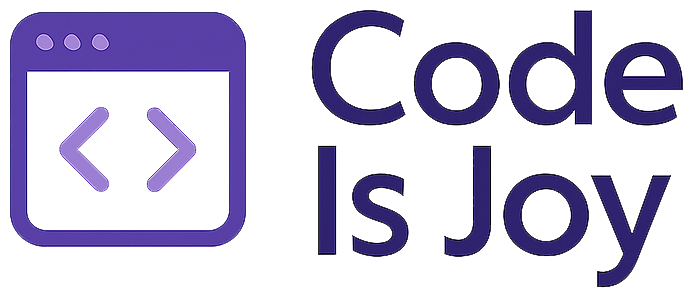In a webisite, images play an essential role in creating engaging and informative content. However, there are times when the images fail to load, and this can be a frustrating experience for the user. This is where image fallback comes in.
An image fallback is a backup image that is displayed in place of the original image when it fails to load. In this blog post, we will discuss the importance of image fallbacks and provide tips on how to implement them on your website.
Importance of Image Fallbacks:
Image fallbacks are important for a number of reasons.
Firstly, they ensure that your content remains accessible even when the original images fail to load. This is particularly important for users with slow internet connections or those using mobile devices.
Secondly, image fallbacks can improve the user experience on your website. When an image fails to load, it can leave a blank space, making the content look incomplete. A well-designed fallback image can help to fill this space and maintain the visual appeal of your website.
Thirdly, image fallbacks can improve your website’s accessibility. For users who rely on screen readers or other assistive technologies, fallback images can provide valuable information about the content of the image. This can help to ensure that your website is accessible to a wider audience.
Approach 1: CSS only fix.
The CSS properties of the pseudo-element ‘before’ of the ‘img’ tag will be applied in case the image fails to load. Therefore, the below code will show the fallback content instead of the broken image.
img::before {
background: #f1f1f1;
border: 1px solid #ccc;
border-radius: 3px;
content: '\1F517' ' broken image of 'attr(alt);
display: block;
left: 0;
padding: 10px;
position: absolute;
top: -10px;
width: 100%;
}Approach 2: Load fallback image if original image fails to load.
The ‘onerror’ method of the ‘img’ tag will be called in case the image fails to load. Hence, we can load the fallback image as a replacement.
<img src="image_path.jpg" onerror="this.src='https://cdn-icons-png.flaticon.com/512/696/696755.png'">Code Sandbox:
Conclusion:
Image fallbacks are an important part of creating accessible and user-friendly content. By following the tips outlined in this blog post, you can ensure that your website remains accessible and engaging, even when images fail to load.
